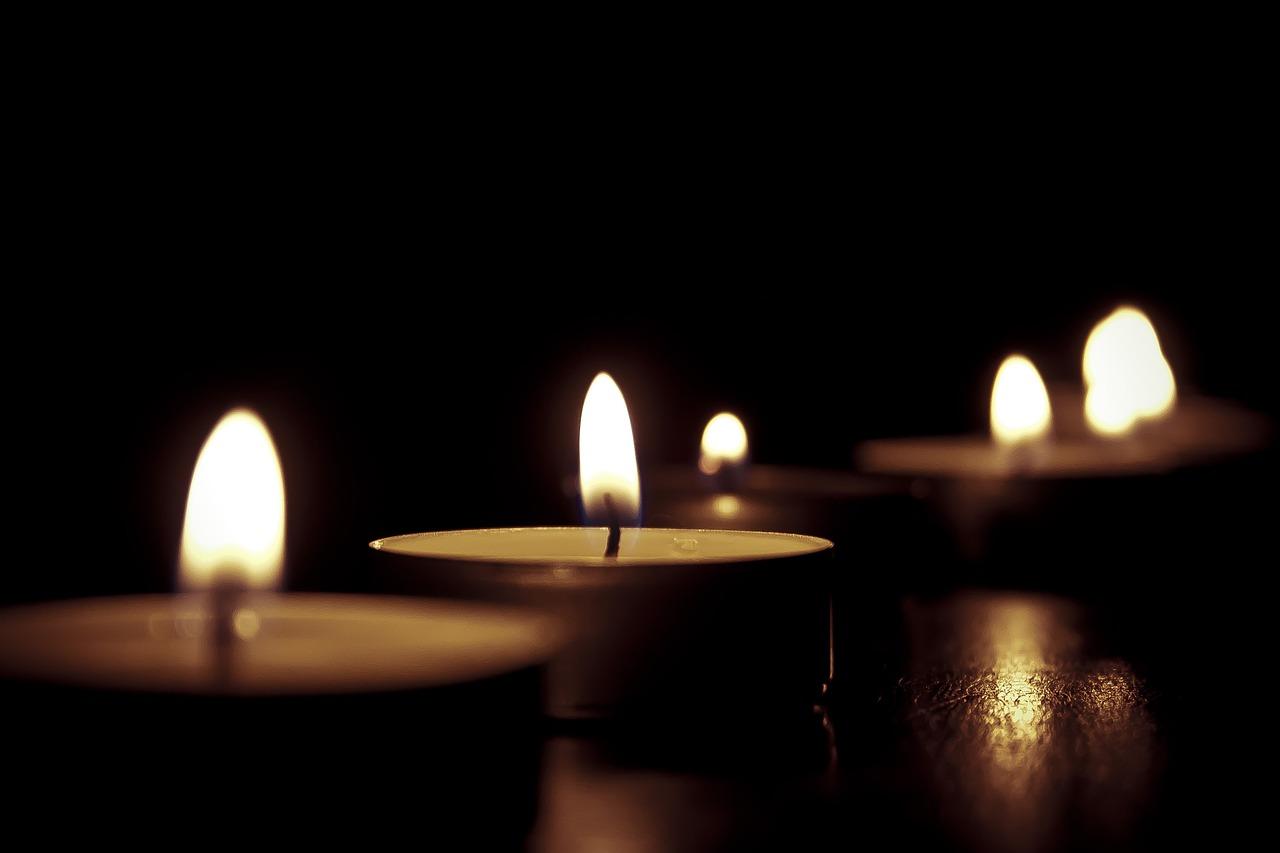LEICESTER, United Kingdom – A new report says Catholics in England and Wales have been deeply affected by the clergy sexual abuse crisis, with a third of Mass goers saying they reduced attendance to church or even stopped going altogether because of the issue.
Attitudes of Catholics in England and Wales to Child Sexual Abuse in the Catholic Church was published by Durham University’s Center for Catholic Studies on Thursday.
The Catholic population in England and Wales makes up about 8 percent of the country, or just over 3 million people.
In 2016, the British Government set up an independent statutory inquiry known as IICSA: The Independent inquiry into Child Sexual Abuse. When looking at the Catholic Church, the inquiry records over 3,000 instances of child sexual abuse connected to the Church between1970 and 2015. It also said abuse is not a “historical problem” since there have been more than 100 further allegations each year since 2016.
More than three-quarters of people surveyed for the Durham University data said they think that the Catholic Church must change a great deal to prevent further cases of child sexual abuse.
“Around half of all Catholics consider the Church to have experienced a similar level of child sexual abuse to other parts of society, or don’t know. However, among those believing there to be a difference, it is considered more common in the Catholic Church,” the report states.
The document notes there is a significant variation between segments of the Catholic population. Those who attend Mass more frequently – the “Regulars” – are more likely to hold a positive view of how the Catholic Church has handled the abuse crisis, both in relation to history and in relation to other sites of abuse. However, on-attenders – the “Nevers” – are much more likely to hold more negative views.
“How do Catholics view the situation in the Church now? Given the widespread reporting of historical and recent abuse, and of systemic failures in dealing with this, a deep suspicion might be expected,” the report says.
“On the other hand, there have been changes in how the Church listens to victims, sustains safeguarding, and cooperates with civil authorities, among other changes in practice and culture. Nonetheless, highly respected voices have criticized the Church for failing to make necessary reforms, or not making them quickly enough,” the document continues.
The report says attitudes towards the crisis of abuse in the Catholic Church are not based only on the existence of individual cases, but on “a perception of systemic failures in the Church’s response at all levels, including moving clergy accused of abuse rather than dealing with the issues, failure to cooperate or notify civil authorities, and a code of silence — compared to the Mafia’s omerta —which prioritized the reputation of the institution and those in power above the victims.”
The document said the distancing trend it notes regarding Mass-going and attitudes towards the prevalence and persistence of child sexual abuse is also seen in the attitude of Catholics towards the activities of bishops – including Pope Francis – in response to cases and allegations of child sexual abuse in the Church.
“This calls for some care in interpretation. On the one hand, the three types of Mass-goers—Regular, Occasional, Never — will generally have very different levels of opportunity to access information that is shared in a church setting, particularly during Mass, but also — if we take Mass-going as a proxy for church involvement — through such things as documents available in the church building (e.g. safeguarding policies and guidance on a noticeboard, or available to take away),” the document explains.
“On the other hand, it is presumptive to assume that individuals with low or even no Mass attendance have no access to such things. Church buildings often fulfil a social function, and ‘lapsed’ Catholics may nonetheless be living with more regular attenders who bring material home or discuss it. Furthermore, hearing about cases is a historical question, whereas Mass attendance is a question of current practice. Catholics classed in this research as ‘Nevers’ but who were previously Mass-going may have heard of cases in their previous Mass-going state (and this may even have been a factor in their change of practice),” it continues.
Dr Greg Ryan from the Department of Theology at Durham University is a co-author of Attitudes of Catholics in England and Wales to Child Sexual Abuse in the Catholic Church.
“The lack of confidence by regular Mass-goers in the handling of abuse cases by bishops indicates that Catholics are underwhelmed by the Church’s response and feel there is a need for improvement,” he said.
Another co-author of the study, Dr. Marcus Pound from the Center for Catholic Studies at Durham University, said overall, the analysis of the data shows that the Catholic community feels abuse “is not a uniquely Catholic or clerical problem.”
“However, there is also a conviction that the Church needs to make changes to prevent such abuse happening in the future,” he said.
The report ends by saying the sexual abuse of children by clergy “has been, and continues to be, a site of trauma in the Catholic Church.”
“The Church’s response therefore involves even more than listening, reparations, and robust safeguarding procedures. In the context of ecclesial schemas, not only individuals but communities and the worldwide Church must face the question of how faith, practices, belonging, and more are to be reconfigured in the light of disturbing data about clerical sexual abuse of children and deficiencies in the Church’s response, the experience of victims, and the experience of ordinary Catholics trying to make sense of what has happened in their Church,” it says.
Follow Charles Collins on X: @CharlesinRome















